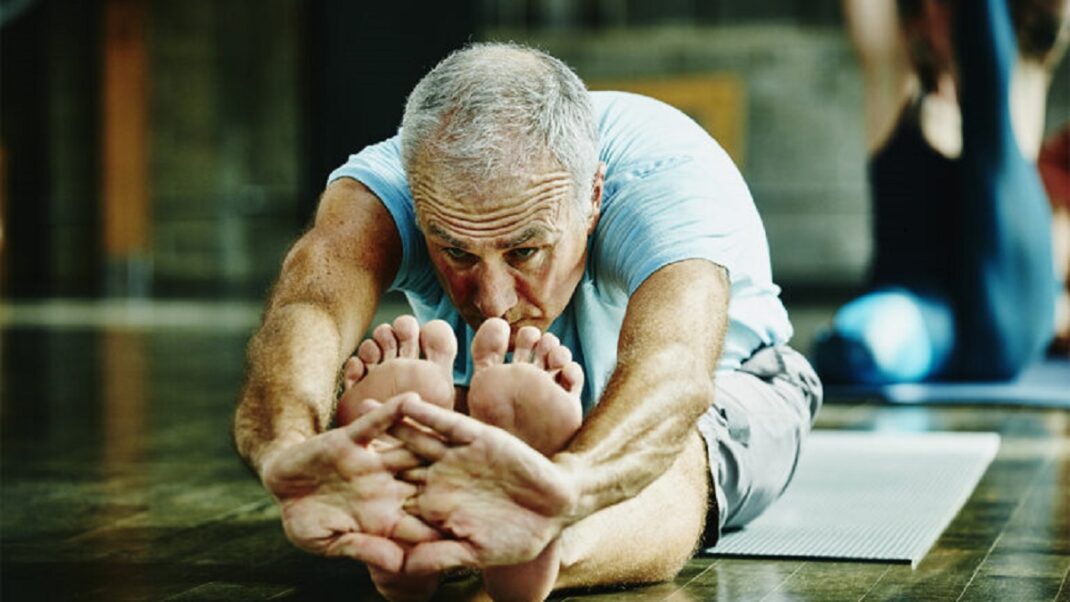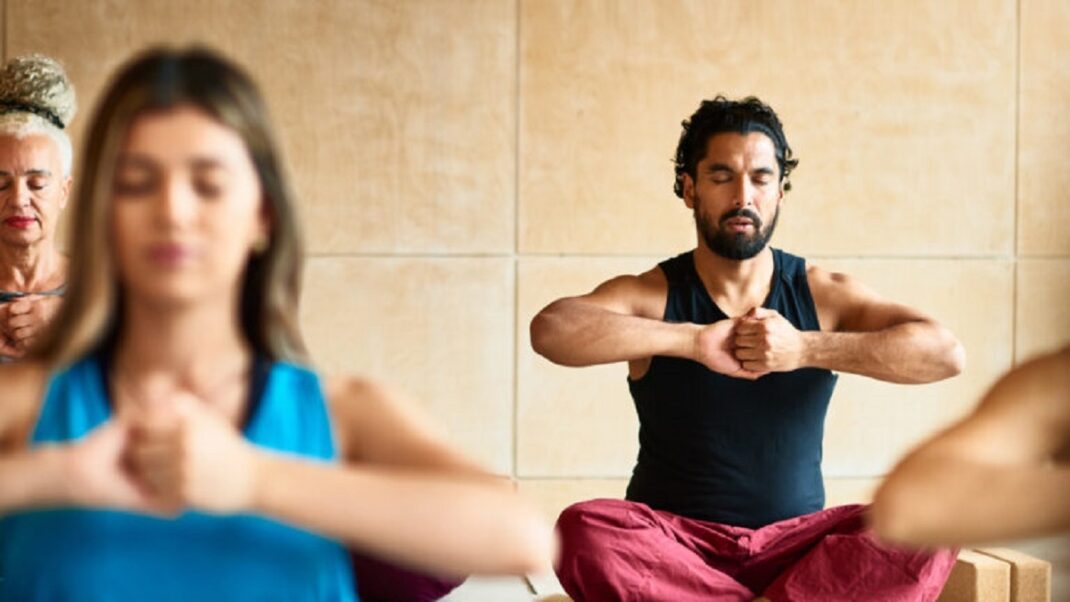Trusting the Work
Master teacher Jay Grimes speaks candidly about how to deepen your Pilates teaching skills and learn from your greatest teacher--the client.
First-generation Pilates master teacher Jay Grimes has well-defined opinions about the way the Pilates Method should be taught, and is certainly not shy about expressing them. “Teaching is the communication of knowledge and ideas, and one presumes that you have that knowledge and those ideas before you begin to communicate,” he affirms. “Talking is one way to communicate about Pilates, but you can also do it with a touch, a look, an expression; by using body language; or with silence. Teachers think that if they are not talking, they are not teaching. But just talking is not teaching.”
After nearly half a century of educating instructors and clients about the Pilates method, Grimes still travels the world giving instructional workshops about what he learned firsthand from Joseph and Clara Pilates at their New York City studio in the 1960s. Even after Joseph Pilates died in 1967, Grimes continued to work closely with Clara and with Romana Kryzanowska, the Pilates’ protégée. To this day, Grimes remains a devoted friend and admirer of Kryzanowska. A professional dancer for nearly 20 years, he says he has never had a major injury. “I still have my own hips, knees and ankles. I never needed surgery or joint replacement, and I give all the credit to Pilates; the Pilates I learned from Joe.”
Going Beyond the Surface
The best instructors, Grimes believes, view teaching Pilates as a lifetime career that requires continuing study. “I always say to my students: trust the work. Joe was a genius. He built everything into it, but you have to know and understand his Method; that is a prerequisite. Pilates is not something you can do for 6 months and say to yourself, ‘I have arrived,’ because you have not. You haven’t even scratched the surface. I am still learning after almost 50 years, because the work is so deep and all-encompassing.”
Instructors need to have a rapport with their students, a system of two-way communication, Grimes says. One of the ways to build this affinity, he believes, is to be quiet and observe the client’s body as it moves. He also notes that some teachers give their students numerous exercises too quickly, and he compares this approach to cooking a recipe for stew. “Many ingredients go into making a stew, but at some point you have to stop and just let it simmer, let the flavors mingle. If you keep adding items, you will end up with a mess. It is the same principle when you construct a proper lesson; you have to know what the body needs. Ultimately you want balance; you want everything to be in harmony.”
Grimes also believes that one of the most important things a teacher can do during a Pilates session is to motivate the student to move. “It’s not an anatomy lesson; it is a workout. People have to move if the body is going to change. Change comes from movement. Pilates is an art as well as a science,” he emphasizes.
Defining Strengths and Weaknesses
In his workshops, Grimes teaches students when and how to correct their clients. As he puts it, “People will do exercises improperly, but you cannot keep stopping them and nitpicking their work. That’s not teaching; it drives people crazy.” He fervently believes there is a difference between “doing an exercise incorrectly and doing it dangerously; doing it dangerously is unacceptable under any circumstance.” He also asserts that overcorrecting is “demeaning and demoralizing” and that instructors should work with a person’s strengths as well as his or her weaknesses. “If somebody spends the entire hour of the workout constantly saying you can’t do anything right, you are going to leave [that studio] feeling as if you can’t do the exercises right and maybe never will. You are not going to change a body in an hour or even in a month. It takes time and an understanding of what each body needs,” he says.
One of the principal rules Grimes follows at the beginning of a workout is to remain silent during the footwork series. He advises teachers to observe their student’s body during this exercise sequence, even if the person has been a longtime client. “You don’t know how that person is feeling when they arrive at your studio,” he notes. “Did they sleep well the previous night, or did they have an argument with their spouse at breakfast? All of these things affect the body. People have different attitudes, concerns or problems that may vary day to day. Let them do the footwork, settle in, gather their thoughts and get in touch with their bodies. In the meantime, you are observing where they are, mentally and physically, and what they need that day.”
Grimes also believes it is essential to know some things about your client’s interests, so you can help the person relate to the work that he or she is doing. “If the student is a golfer, explain how Pilates pertains to the game; how it will help with balance, torque and strength. If [she is] a businessperson, show [her] that Pilates has a plan, a structure—that it’s a successful exercise method.”
Before working with a new client, Grimes says, instructors should always ask, “Why are you here?” He believes that if you listen carefully to the answer, you will have a good roadmap with which to design a proper exercise program. “If you know how to interpret and really listen to what the person is saying,” he says, “it gives you great insight. And always remember, the client is an instructor’s most important teacher.”






